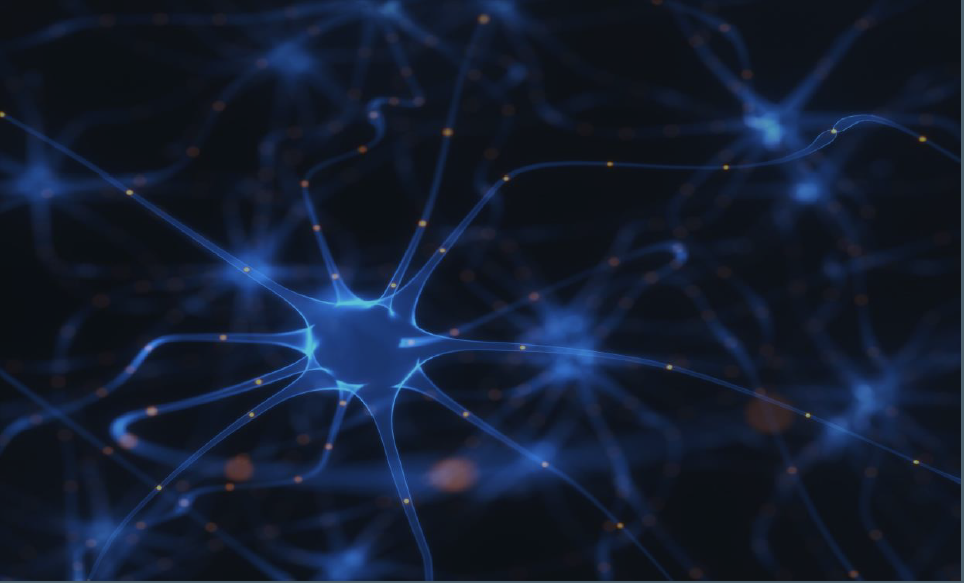What is EMDR treatment and what are benefits?
Over the years, psychotherapy has evolved, and new techniques has been deployed to promote healing in a faster format. One such approach is the EMDR, a technique develop d during the 80s that has been proven to be quite successful in treating trauma related issues.
Who should consider EMDR therapy?
No matter how significant or minor trauma is, it highly influences our internal conversation, life perspectives and personal choices. Most, if not all, of our negative self-views, poor relationships, conflict, and lack of connection to significant others, stems from traumatic experiences in adulthood or wounded childhood attachment. EMDR (Eye Movement Desensitization and Reprocessing) is a therapeutic approach for individuals experiencing the aftermath of a traumatic experience, such as an accident, sexual abuse, emotional abuse, childhood trauma related to a difficult parenthood or violent encounter. By treating past trauma with this approach, the therapist’s goal is to dissipate and change the negative belief system related to the past traumatic experience. EMDR is also incredibly helpful with anxiety, grief, phobias, pain disorders and depression.
The Goals and Benefits of EMDR Treatment
- It reorganizes and restructure the thoughts from the memory storage in the brain to provide more adaptable emotional responses.
- It strengthens the adaptive memory networks, reducing vulnerability to respond inappropriately to challenging situations.
- It incorporate new skills, behaviors and adaptive beliefs about self and others, while increasing the ability to respond to challenging situations.
How is EMDR Applied
EMDR must be applied by a trained psychotherapist. The client uses bilateral stimulation such as eye movements, auditory ( tones and taps) or tactile stimulation while the therapist run a specific protocol to modify how trauma was recorded in the brain. Typically, treatment lasts from 3 to 12 sessions, depending on the complexity of the traumatic experience.
Evidence Based Treatment
Several studies has shown remarkable progress in patients dealing with trauma. People dealing with painful experiences can develop chronic anxiety, stress, and depression. However, with effective EMDR sessions, client can find a place to heal and effectively manage stress, anxiety, and depression. Finally, clients have reported that after receiving the treatment, they experienced change in their negative narrative and discourse, their symptoms highly improved or dissipated; their emotions became something from the past where they could talk or think about it without the negative emotions.




